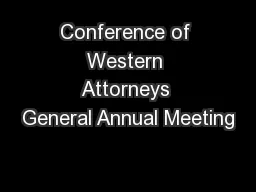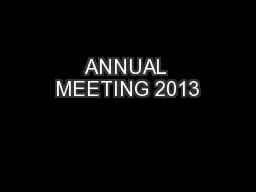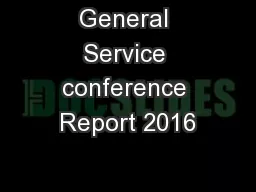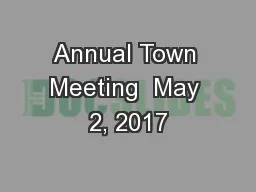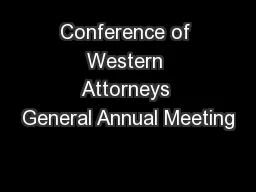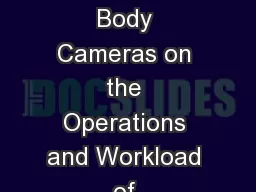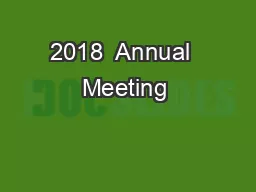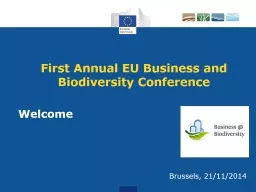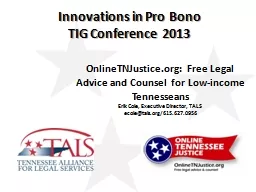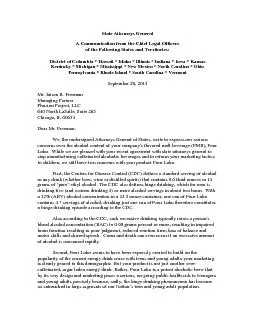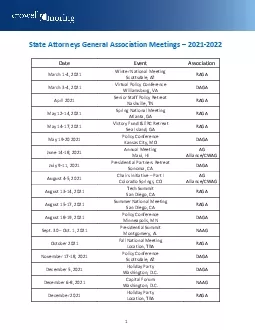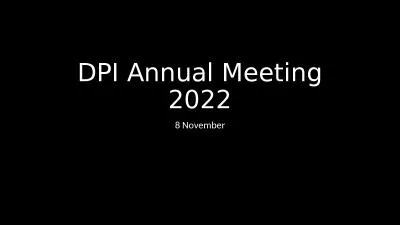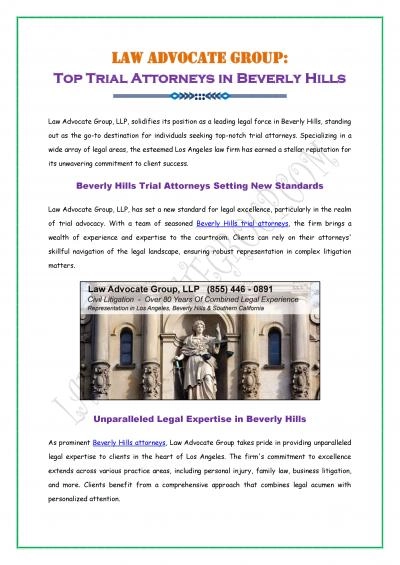PPT-Conference of Western Attorneys General Annual Meeting
Author : myesha-ticknor | Published Date : 2018-11-10
July 20 2015 3 90 of all adults with an substance use disorder started using under age 18 50 under the age of 15 Medicine abuse frightening behavior 4 Some Progress
Presentation Embed Code
Download Presentation
Download Presentation The PPT/PDF document "Conference of Western Attorneys General ..." is the property of its rightful owner. Permission is granted to download and print the materials on this website for personal, non-commercial use only, and to display it on your personal computer provided you do not modify the materials and that you retain all copyright notices contained in the materials. By downloading content from our website, you accept the terms of this agreement.
Conference of Western Attorneys General Annual Meeting: Transcript
Download Rules Of Document
"Conference of Western Attorneys General Annual Meeting"The content belongs to its owner. You may download and print it for personal use, without modification, and keep all copyright notices. By downloading, you agree to these terms.
Related Documents

